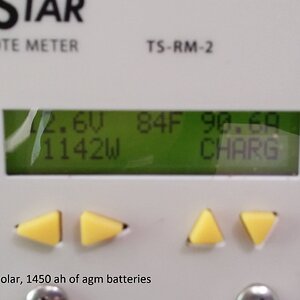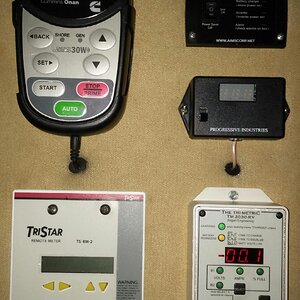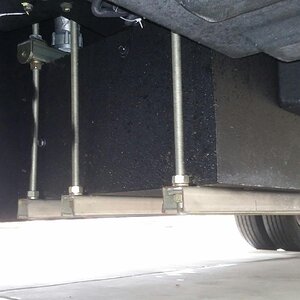- Joined
- Jan 19, 2021
- Messages
- 3,614
- Location
- Rosemary Farm
- RV Model
- Between RVs
- TOW/TOAD
- Toadless
- Fulltimer
- No
Well two 12’s in parallel for the chassis, or three groups of two 6s in series for house, they’re still both 12v battery banks of LA batteries and it would seem the same bulk, absorb, and float voltages would apply, with amperage determining how long it takes to charge each bank. How that magic happens to me is a bit of a mystery beyond my assumption that it’s all regulated by various electronic adjuncts - BIM, BIRD, relays, ….etc. Right? I guess I should be more up to speed on this but as long as its all working, I have other things to concentrate on.













